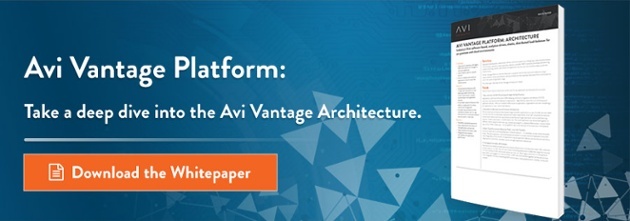This week I came across my still functioning iPod Classic “click wheel”. This was my exercise companion for many years and I still marvel at the engineering innovation (holds thousands of songs!) and simple elegance of the intuitive user interface (click wheel!). In today’s consumer society we expect our electronics to be intuitive. When announced in 2003 the “click-wheel” was years ahead at a time most electronics still came with detailed instruction manuals. Launching a consumer product with a click wheel was a radical approach, pushing the end-user experience to the very limits of engineering.
The importance of design is not just aesthetics, but also the integration of design into real product innovation. This was emphasized by Steve Jobs as a central theme over many years. Walter Isaacson’s excellent 2011 Biography on Steve Jobs shares more on this topic. While concerned with the visual beauty of Apple’s products, Jobs also brought ruthless clarity to the usability of the products, which would underpin all functional aspects of design. Attention to detail was important. Design was more than “trendy exterior finishes”, it was an essential integrated element to be considered within all areas of the product. Why should a task require 5 complicated steps when a well-engineered, integrated design could reduce a task to a single click?
When I think about design it is mostly in the context of my field of application delivery. This is because load balancing and application delivery services have historically been served by a small number of legacy hardware providers with complex products and solutions. First generation load balancers required a lot of consulting to provision and implement. These offerings were successful because that was all that was available in the marketplace. In subsequent years not much has changed to modernize these offerings. Fast forward 15 years and most of my clients share similar stories of the complexity of their legacy load balancing deployments, such as a heavy dose of consulting, support, and the requirement for proprietary scripting languages like TCL (Tools Command Language) for some of the most common use cases.
It was with these concepts in mind that my company, Avi Networks, was founded in late 2012. Avi Networks founding team members Murali Basavaiah and Ranga Rajagopalan started from a design mindset, applying proven software-defined principles to application delivery. How could they reduce the scripting and complexity of prior load balancing solutions while providing a real-time, highly performant software platform with elastic scale? How could they enable and meet the needs of today’s modern customers with an easy to use, elegant point-and-click mindset versus the legacy model involving hours of complex scripting?
Building our platform from the ground-up, we were able to integrate the design of the most important items to bring ease of use and build intelligence into the Avi Vantage platform architecture. This carefully engineered design sense allows Avi Networks to deliver check-box built-in intelligence to enable many basic features without the creation of complex scripts. Think iPod “click wheel” ease-of-use versus writing a script for each basic function!
Avi Networks’ point and click check-box user interface allows us to quickly enable common tasks such as (a) HTTP redirects, (b) content switching, (c) logging, and hundreds of other functions without the complexity of scripts. Most of our clients migrating from legacy load balancers have labored under tens to hundreds of complex rules, with some buried under thousands of rules. With Avi Networks, these companies quickly benefited from Avi’s design-first approach, eliminating the need for an average of 80% of their custom scripted rules.
The final design element is the translation of excellent product design into real business value for our clients. When you build a solution using best-in-class design principles you deliver not only ease-of-use but also faster time-to-value. Our clients have 70% lower total cost of ownership, 5X faster application rollouts, improved security, and resolved network trouble tickets an average of 4 hours faster.
Great design lifts us up and facilitates better outcomes. In our context it allows your organization to better deliver on application availability, scale, analytics, and application security. If you are in the networking or load balancing space give us an opportunity to show the impact a modern design will have on your business. And if I’m in the meeting we can also riff on your favorite classic iPod model!




